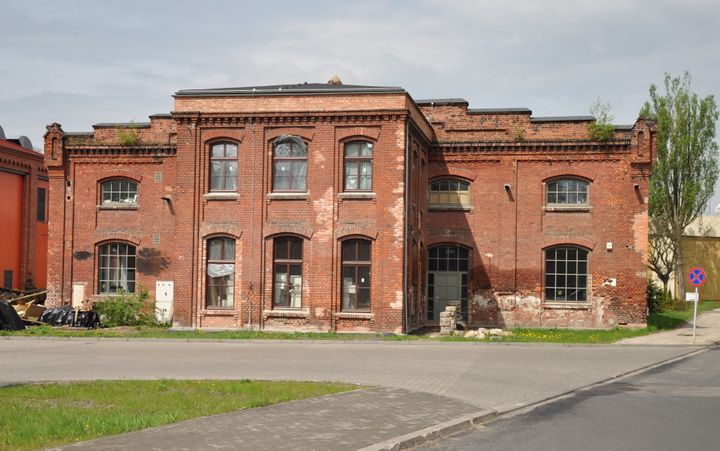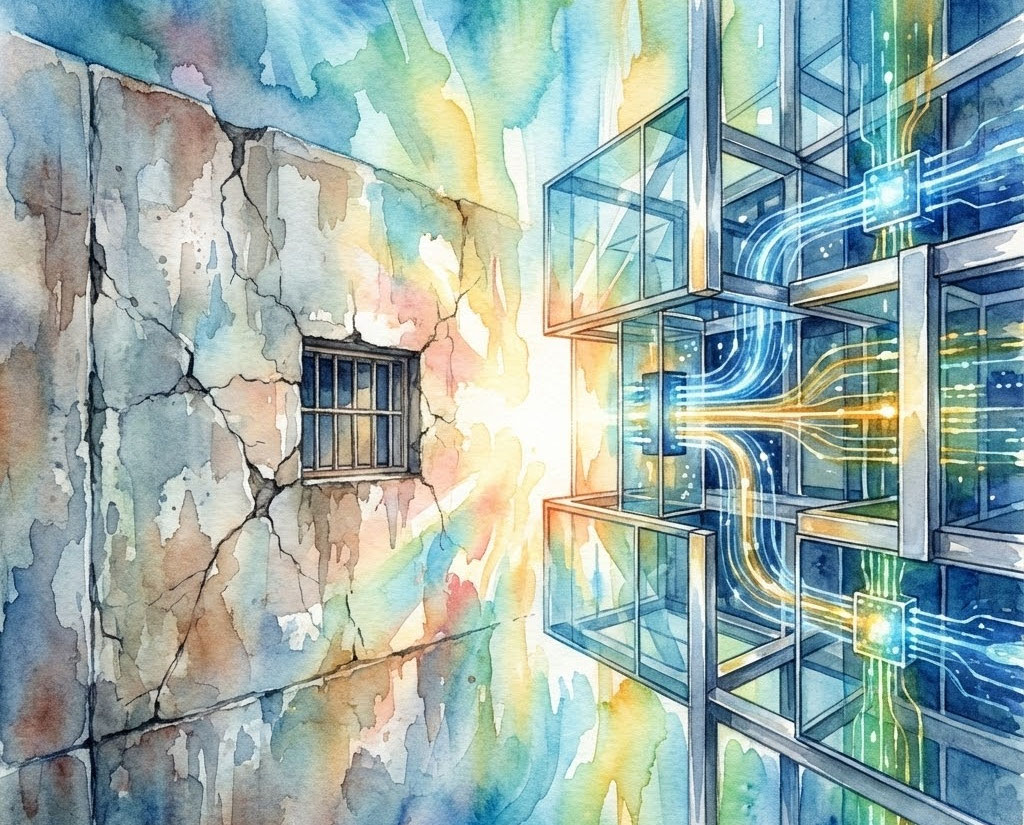
We're lucky to have so many monuments to human civilization still standing. It's a moving experience to stand in the Colosseum in Rome, one of the many grand cathedrals in England, or some of the old pioneer forts dotting the United States.
Preservation, however, remains a challenge. These buildings simply weren't meant to stand around for hundreds of years, especially with tourists tromping through many of these sites year after year. There's always that war between preserving what is true about the building, but making sure it has the latest technology to stand for a few years more.
3D technology is now the latest frontier in trying to help these buildings stay alive. While most of us are more familiar with it in the realm of 3D printing parts, now preservationists are using 3D digital scanners to catalog the nicks and cracks in a building and try to predict where it needs to be shored up next.
But Canadians are scanning Fort Conger on Ellesmere Island, a key site for 1875 British explorers looking for the north pole, according to CTV News. They have been 3D scanning the building annually since 2010 to catalog and predict the damage. While the news story was not clear on exactly how the scanning has helped, it noted that mitigation repairs could be done where necessary.
3D tech has also helped in another rapidly-shifting area: California, which is prone to earthquakes, according to the Preservation Leadership Forum Blog. The city of Napa is now taking a look at its buildings in the wake of a 6.0 quake that took place in August 2014. The technology proved useful in saving a landmark known as the Center Building, after just four hours of scanning.
The challenge is getting these scanners out to the buildings in time to save them. Since the technology is just emerging, it's possible that if an earthquake hits an area (particularly a rural area), there wouldn't be enough time to get the scanners out there before safety concerns force a crumbling building down, instead of saving it.
That said, for long-term projects and for preventative restoration, this technology could prove quite useful. Got an idea about how to use 3D scanning to help save buildings? Let us know by launching a HeroX challenge.
Top image: The latest tool to help old buildings stay up is 3D technology. Credit: Wikimedia Commons








